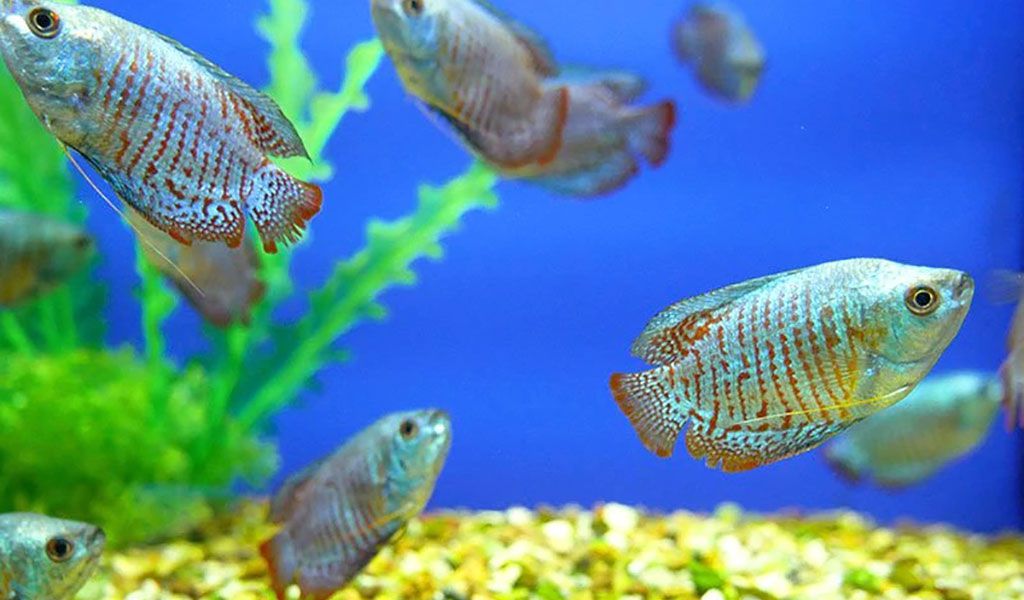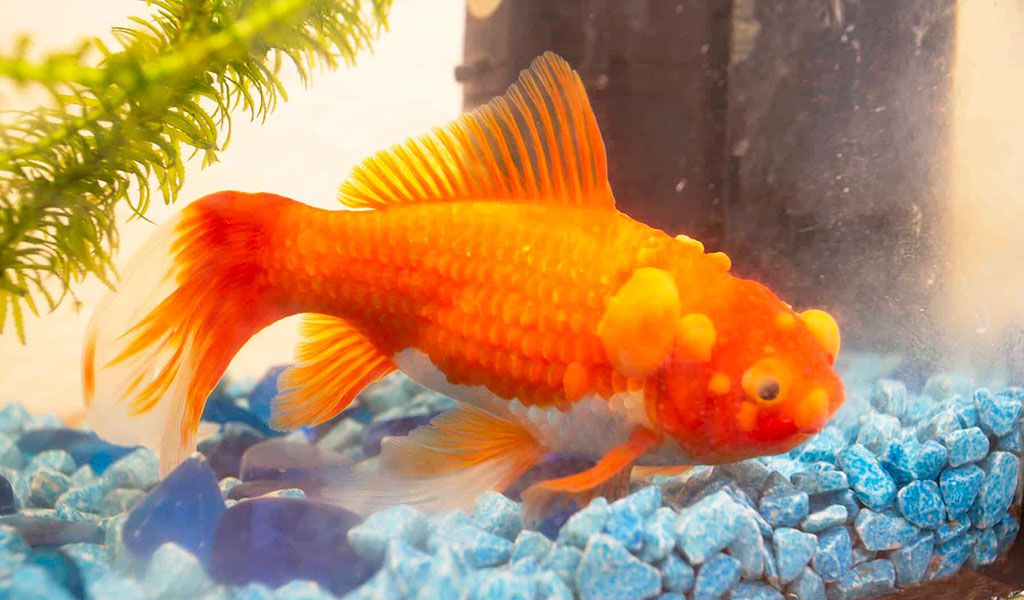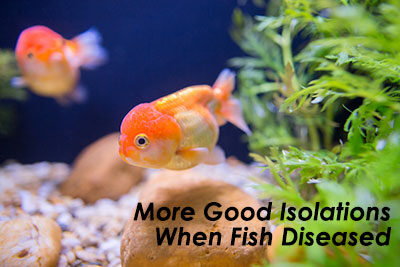For disease prevention, it is generally recommended to quarantine new fish before introducing them to aquariums. The same goes for diseased fish in your tank. Once you find one, you’d better isolate fish to reduce infection risk. In today’s article, we will cover more good isolation in the face of diseased fish in aquariums.
Effective isolation of diseased fish
Whether should you isolate diseased fish
Fish may be infected by bacterial, parasitic, intestinal, or viral diseases. Bacterial disease would cause cross-infections. Parasitic diseases, like worms, can spread throughout the aquarium, which can be considered as contagious. Also, intestinal disease can be caused by feces.
So when should you isolate fish diseased? Following are some pointers for diseased fish isolation.
- Abnormal symptoms: loss of appetite, hard breathing, skin lesions, body color fading, etc.
- Fish are infected by contagious diseases, like parasitic diseases.
- Treatment period: In the case of treatment, especially medication treatment, isolating diseased fish is crucial. It ensures the effectiveness of treatment and reduces the impact on fish and aquarium water.
Requirements for isolation
- Tank size: A separate aquarium with the appropriate size and a great filtration system is necessary. It provides a relatively quiet and low-stress environment.
- Water quality: Keep ideal water parameters and great water quality. Check and monitor water temperature, pH, ammonia, nitrite, and nitrate levels.
- Hiding place: Creating sufficient hiding places, like rocks, caves, or plants, can reduce stress and anxiety in fish.
- Lighting: Appropriate lighting is essential. Some diseased fish require dim light, while others prefer strong light.
- Diet: Some diseased fish may lose desire of appetite. In this case, easily digestible food is a great option.
How to isolate a sick fish
Prepare a quarantine tank
Set up a separate aquarium or quarantine tank specifically designated for the sick fish. Ensure the tank is appropriately sized for the fish and equipped with a filter, heater, and adequate hiding places to reduce stress.
But here comes a question – whether should you use the water from the original tank in the quarantine tank. Actually, if there are a few diseased fish, using partial water (e.g. one-third) from the old tank is viable, which allows sick fish to adapt quickly to the new quarantine tank environment. After 2–3 days of medication treatment, water change is needed. However, in general, the water from the old tank may contain pathogens. So, we commonly use fresh new water with similar water parameters in the quarantine tank, rather than water from the original tank.

Transfer sick fish to the quarantine tank
Move the sick fish to the prepared quarantine tank with the help of a soft fish net. Move slowly and avoid causing unnecessary stress or injury to the fish. If needed, you can gently coax the fish into a container or bag using a transparent tube or cup.
Observe and treat
Keep a close eye on the isolated fish. Monitor its behavior, appetite, and any changes in symptoms. Also, you can consult a veterinarian or experienced fish keeper to diagnose the illness accurately and determine the appropriate treatment.
Avoid cross-infection
Use separate equipment, such as nets and siphons, for the quarantine tank. Clean and disinfect any tools used before returning them to the main tank. Wash your hands thoroughly after handling the sick fish or performing maintenance in the quarantine tank.
Duration of isolation
Keep the sick fish isolated until it has fully recovered or the recommended treatment period is completed. This ensures the fish is healthy and prevents the reintroduction of any potential pathogens to the main aquarium.
Severe bacterial and parasitic fish disease isolation
Set up a quarantine tank
Prepare a separate quarantine tank specifically for isolating diseased fish. Ensure the tank is appropriately sized, equipped with a filtration system, heater, and hiding places, and has no other aquarium inhabitants.
Transfer diseased fish to quarantine tank
You can move the diseased fish with a fish net. Move slowly and gently to minimize stress and potential injury. And be cautious of any sharp objects or decorations that could harm the fish during the transfer.

Observe and diagnose
Monitor the isolated fish closely and note any changes in behavior, physical appearance, or specific symptoms. Research or consult with a veterinarian or knowledgeable fish keeper to identify the specific bacterial or parasitic disease affecting the fish.
Treatments for bacterial diseases
Depending on the diagnosis, administer appropriate medications to treat bacterial diseases. Follow the instructions provided by a veterinarian or reputable sources regarding dosage, duration, and any specific considerations. Some common treatments for bacterial infections include antibiotics and antibacterials.
Treatments for parasitic diseases
If the fish has a parasitic infection, such as ick (white spot disease) or flukes, there are specific treatments available. Follow appropriate medication protocols, which may include antiparasitic medications, salt baths, or temperature adjustments. Be sure to research the specific parasite and recommended treatments for the best results.
Reduce the spread of disease
To prevent the spread of pathogens, it is recommended to use separate equipment, such as nets and siphons, for the quarantine tank. Clean and disinfect any tools used before returning them to the main tank. Wash your hands thoroughly after handling the diseased fish or performing maintenance in the quarantine tank.
Duration of isolation
Keep the diseased fish isolated until it has fully recovered or until the recommended treatment period is completed. This ensures the fish is healthy and prevents the reintroduction of any potential pathogens to the main aquarium.
Wrap-up
To conclude, treating bacterial and parasitic fish diseases can be challenging, and the diseased fish isolation is crucially vital. Before taking any treatments, you’d better quarantine the diseased fish and determine what disease your fish suffer. Then you can take more precise treatment.
